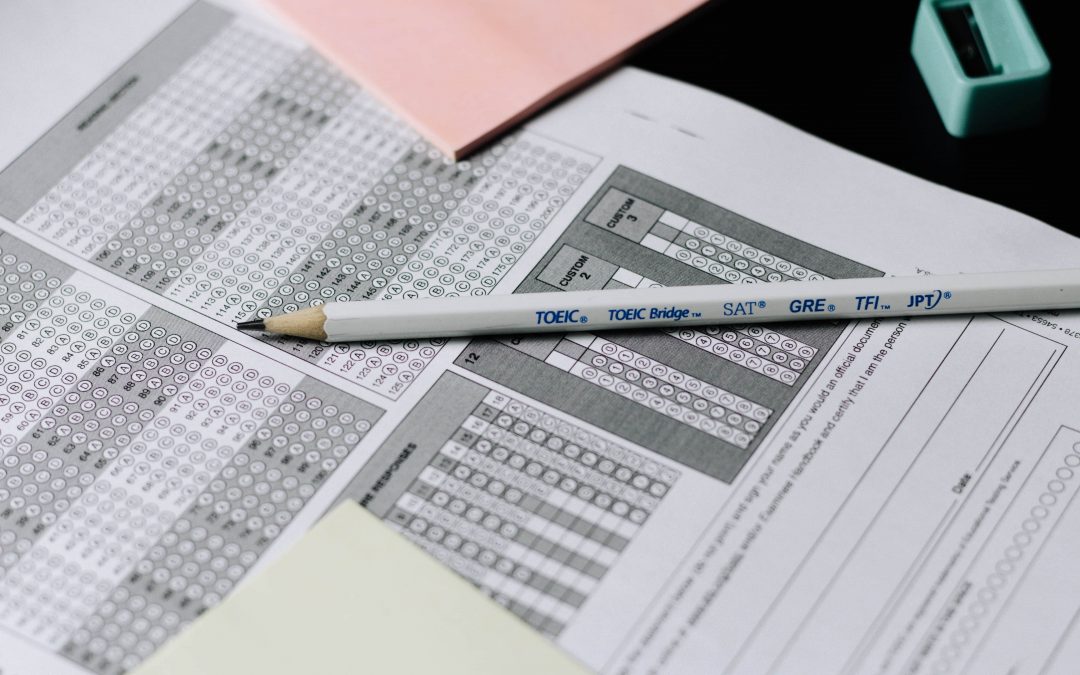Table of Contents
While all three degree programmes are closely related to the fields of management, the difference between PGDM, MBA and MMS is quite massive. The reason why most students are often confused between the three programmes is because PGDM, MBA and MMS are postgraduate programmes in the field of management. As a result, it might get difficult to understand which of the three are the best suitable for you.
The MBA degree serves as the advanced counterpart to the BBA, while the MMS degree is the master’s version of management studies. Both qualifications hold significant value within the professional sphere and can open doors to prestigious job roles in large corporations. While all courses tailored for these students are closely related, it is almost easy to lose track and find yourself confused between 2 or maybe 3 degrees that sound similar but have different prospects.
This article is dedicated to helping you find the key differences between MBA, PGDM and MMS programmes.
What Is The Difference Between An MBA, PGDM and MMS Programme?
1. MBA
The Master of Business Administration (MBA) degree is always in high demand regardless of the country in question. It lays the foundation for basic business education, its specialisations, and provides intellectual growth through practical training to those who want to take up managerial positions in professional organizations.
This course lasts for mainly 2 years with 4 semesters in all. Moreover, you may have to crack entrance tests to study MBA at the university of your choice. Some of the most common and significant international entrance exams for foreign universities include GRE, GMAT, or MCAT. Though there are subject-specific assessments, most of these tests are needed for admission to universities and colleges around the globe.
You can only pursue a degree in MBA if you meet the following requirements:
- Graduate from a recognised university with a minimum score of 50%.
- Have at least 2 years of work experience in the relevant field.
- Crack one of the above-mentioned entrance tests. The cut-off for each test will depend on the university you are applying to.
Average Tuition Fees in India: INR 10 Lakhs – INR 20 Lakhs
Average Tuition Fees abroad: INR 20 Lakhs – INR 70 Lakhs
2. PGDM
Post Graduate Diploma in Management is a lighter version of an MBA programme. Where an MBA is a Master’s degree, a PGDM is a Diploma in management. The focus of this training is mainly on basic foundation along with practical training keeping up with the industry training. Several working professionals and students prefer this management course because the course curriculum sharpens a student’s mind to tackle the daily obstacles that are faced by organisations.
The difference between an MBA, PGDM and MMS is that PGDM has the least challenging entry requirements for candidates. Also, this course lasts for 2 years and 4 semesters just like MBA. Admission into this programme requires an undergraduate degree with a minimum eligible score, CAT score along with personal interviews, written ability test, etc. The universities abroad also require students to get a high score in GMAT, GRE or MCAT.
Average Tuition Fees in India: INR 3 Lakhs – INR 12 Lakhs
Average Tuition Fees Abroad: INR 14 Lakhs – INR 18 Lakhs
3. MMS
Approved by the All India Council For Technical Education, The Master of Management Studies (MMS) is a 2-year degree programme which is the most affordable management course among the three. This is the major difference between an MBA, PGDM and MMS course.
The most significant difference between an MBA/PGDM and MMS is that you do not need any work experience to be eligible for this postgraduate course. You are eligible for this degree if you have recently graduated with a minimum score of 50%.
The job prospects for MMS graduates are as good as for MBA and PGDM graduates. However, students who have obtained a high score in an MBA course from a reputed management institute will always be preferred more than the other candidates. The choice between pursuing an MBA and an MMS will highly depend on your motivation and intention.
Average Tuition Fees in India: INR 5 Lakhs – INR 10 Lakhs
Average Tuition Fees Abroad: INR 12.5 Lakhs – INR 25 Lakhs]
Who Are These Courses For?
While a significant number of students pursue MBAs, there is also a notable cohort of professionals who opt for this degree after gaining a few years of work experience. Acquiring an MBA provides these individuals with a distinct competitive advantage, paving the way for increased responsibilities, career advancements, and higher remuneration. It is worth noting that certain MBA programmes may necessitate prior work experience as a prerequisite for admission.
The MMS course is tailored for recent graduates without any work experience, making it an ideal option for those lacking prior education in the management or business field. Unlike other programmes, job experience is not a requirement for eligibility. This degree is specifically designed to facilitate a smooth transition from undergraduate studies to the realm of management, allowing students to seamlessly switch disciplines and embark on a career in the managerial domain.
PGDM (Post Graduate Diploma in Management) courses cater to a diverse range of individuals seeking to enhance their management knowledge and skills. These programmes are ideal for fresh graduates looking to enter the business world with specialised management training. This course helps students to develop certain soft and hard skills which will transform them into industry-ready professionals.
Thanks for reading this blog ‘Leave No Room For Doubts! What’s The Difference Between PGDM, MBA and MMS?’ If you are interested in learning more about student life and finances, the following should be of interest to you:





![60+ Extempore Topics for Students in 2025 [Speak Confidently]](https://cdn.unicreds.com/blog/wp-content/uploads/2025/06/22121909/extempore-topics-for-students-1080x675.webp)




0 Comments